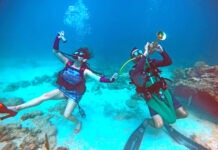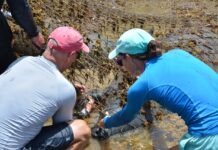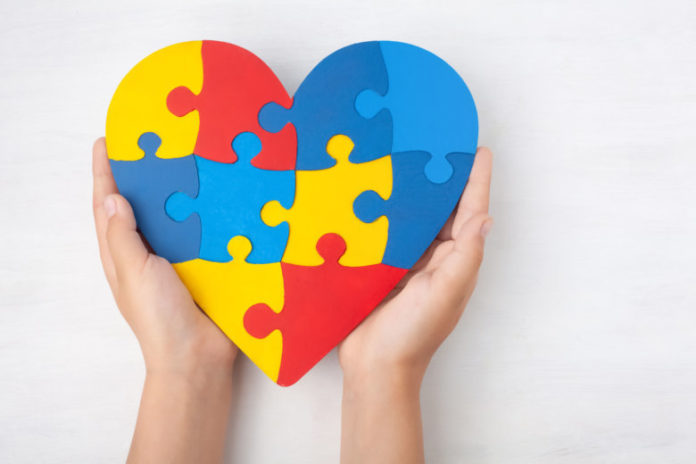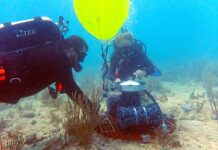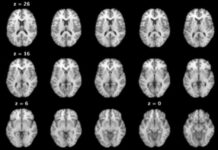No matter where you live, you’re never far away from news and discussions on autism. Even if we just considered recent publications, there’s so much written that in order to discuss it all, we would need the newsprint real estate of all of this paper, our sister papers, and probably most of the Welcome Center brochures. So today, what I’ve chosen to do is look at a few issues about the condition that have garnered some press in recent months. We’ll examine: 1) how many are thought to have autism and 2) at what age can it be diagnosed. And along the way, we’ll explain why you should take a speech pathologist out to lunch.
In order to come up with figures for autism, it’s important to know what we’re counting — and that’s changed in recent years. Instead of “just” autism, we now talk about autistic spectrum disorder (ASD). One good description of ASD comes from the website of the Centers for Disease Control and Prevention (CDC): “a developmental disability that can cause significant social, communication and behavioral challenges.” Importantly, this definition has lumped in a few other diagnoses such as Asperger syndrome.
Now to the numbers. The CDC has been tracking them and, just last month, published its latest report. They’re creeping up just a little: in 2010, 1.3% of 4-year-olds (the age they most closely studied) had the condition. In 2014, it was 1.7%. Overall, that’s about 1 in 59 kids.
Certainly, in the long run, there’s been an increase in the diagnosis. Why? Most of the researchers cite a couple of reasons. First, many people diagnosed with ASD have been thought to have other diagnoses, such as ADHD, learning disability, or even the now antiquated term “mental retardation” (currently referred to as “intellectual disability”). ASD can certainly co-exist with any of these, but it’s important to make all applicable diagnoses for the best treatment.
Second, more kids are being screened at an earlier age: the American Academy of Pediatrics recommends screening at 18 and 24 months. And just a few weeks ago, researchers published a study that found the diagnosis in little ones even earlier—as young as 12 months of age. Finally, although there’s no definitive evidence of a link to anything in the environment causing the increase, investigators keep looking.
While we’re waiting for more answers, it’s still important to be aware of the condition and to look for clues. Before the age of formal screening, infants and toddlers may show clues such as a failure to maintain eye contact, a failure to respond to familiar voices, or a lack of interest in early social games like “pat-a-cake.” Failure to have any words by a year and a half or a loss of speech can also raise concern for the condition.
None of these means a child has ASD, but it’s worth having testing in more detail. Early intervention (EI) services can provide some testing. Although the EI program is approved nationwide and is free, testing is subject to availability of the specialists. For example, we have not always had a speech pathologist in Key West. (I’ve been trying for years to get a speech pathologist friend to move down here. If you see her, she seems to go for Italian food!) Even if testing means a trip to the mainland, it’s important to get it done. It’s been shown that the earlier ASD (or just about any other issue affecting child development) is suspected, the more effective treatment generally is. So — don’t hesitate to make that drive! And stay tuned, because something is always happening on the autism front.
For further information on early intervention, you may call Florida Early Steps at 800-218-0001.


